|
You know how it goes. Everything peaceful and chill. Maybe the iPod is playing the soundtrack from Hamilton. Perhaps you're watching Rabbit TV (a limited lineup, but endlessly entertaining). Maybe you're cooking on the newly functional propane stove. Anyway, it's relaxed. When EEEEEEEEEE. and EEEEEEEEE. and EEEEEEEE! The noise is designed to either wake you from a sound sleep or possibly drive you in-freaking-sane. Whichever. It works. Okay, you you press the reset button. Two minutes later –– just as the old heart-rate is returning to normal –– EEEEEEEEE! and EEEEEEEEEEE! My handsome gallant saves us, holding a thumb over the button repeatedly. It becomes clear that the damn 10-years-guaranteed, never-needs-batteries, save-your-life-and-required-by-law has gone rogue. It will not stop alerting us. It EEEEEEEs in the bathroom. It EEEEEEEEs outdoors. Jeff eventually puts it into the van, so it could, as he said, "Simmer down." All during dinner, an errant wind gave us brief hope, and then, faintly, EEEEEEEEE. and EEEEEEEE. Dishes done (in a sink! with running hot and cold water! cabin life is better and better!), Jeff betakes himself off and the next thing I notice is that he's taken out the 50-year-old .22 his father gave him. Whatcha doing? I ask. He points, and I hear a faint EEEEEEing across the field. He's put the damn thing into a tree. I admire the dispatch with which he handles tech troubles. A clean through-and-through, and by golly the thing has stopped EEEEEEEing.
The test button suggests that it's still working, but I'm taking it back to the local hardware store where we bought it. I don't mind explaining why.
2 Comments
Mr. Linton has been fishing pretty regularly, though because of last summer's red tide, he can't bring anything home. Social distancing is easy on the water. And naturally, he has a lot of boat-work to fill his days on shore. The two 2.4 Meter boats (one fresh, one experienced) are slowly coming into alignment. Jeff's re-rigged the older boat so that it's indistinguishable from the newer one. Fresh paint, fresh lines, carbon-fiber bits and bobs. He orders stuff on-line and obsessively checks delivery times. He splices lines while watching Bosch in the evenings. Given that many of our upcoming regattas have been cancelled, he seems content. And me, I'm always looking forward to a chunk of time in which to write but as it happens, I've been distracted by real life. It's hard to make up a story more exciting than the news right now. So instead, I'm doing a lot of reading (check out my goodreads shelf for the bookwormy details). And making stuff. We're avoiding the grocery store –– taco Tuesday involved some freezer-burned ground beef that I might normally have donated to the fishes, but it tasted fine with the fresh greens from the garden –– and keeping our IRL social distance from the world. I've become a big fan of FaceTime right now for actual social interaction. Yay internet! I'm hoping to settle into whatever this new normal is and get back to my keyboard sometime soon, but in the the meanwhile, as they say in one of my favorite movies, "Rule #32: Enjoy the little things." Wishing you safety and kindness from here...
Ah, mulch.
Mulch is the collective noun for material that evolves into actual soil. It's organic material (leaves! bark! wood-chips!) that gets defined by function: it's used to protect tender plants, and add good stuff to the soil. By etymology, it comes from a word for "soft." Wood chips are my preferred mulch at the Farm.
It's super-neat-o how it works: you apply a layer of wood chips around the base of your plant.
It smothers weeds and –– rather faster than you might imagine –– the mulch turns into rich, light soil in a sweet ring around around young fruit trees and asparagus. The mulch provides extra insulation over the winter, and gives emerging plants a little additional opportunity to stay safe in the chancy spring weather.
Where else to pitch coffee grounds and carrot peelings and used chicken bedding from the neighbors' coop?
Where else to pile grass clippings and weeds? I took an actual composing class a few years ago. I'm not an expert, though I am a believer. Long story short: a smart gardener just keeps heaping stuff onto the compost pile, turning it from time to time, and using the finished, good-looking stuff from the bottom of the pile to improve the soil under the plants. Lucky for my trees, a friend had an enormous pile of chipped tree –– the remains of a big ole maple –– to share for mulching purposes. Truckload by squatting truckload, we've conveyed chips to the farm over the past couple of years. I used square yards of it to coddle my young trees and the asparagus. A few chips made it into the compost heap, along with mule-loads of grass clippings and eggshells. Alas, all good things come to an end. Even the remains of a big ole maple. With chips thin on the ground that autumn, I toted a couple of bales of straw to the farm to bed things down for the winter. Always an experiment. I figured straw was a better option than hay. The terms are used interchangeably by some: after all, both are some sort of dry vegetation that come packaged in bale form and are used in animal husbandry. But straw (like the plastic ones we now think of first), is generally the hollow, dry, stalk of an oat or wheat plant. The middle of the plant. Hay, meanwhile, is the tops of various grasses and plants –– cut green and allowed to dry. Hay might include clover, timothy, broom, alfalfa, and any manner of meadow plants. Naturally, hay is full of flower-heads. Any gardener will tell you, the point of flowers is seed. So if you aim to smother weeds (and weeds are just plants growing where you don't want them to grow), you do NOT want to spread flower-heads around. Ipso dipso facto macto, you'd think straw would be a pretty solid choice to protect plants and not compete with the resources at root...
Surprise surprise surprise.
The wheat straw made a miraculous rise from the cold soil this spring.
Wheat is a lovely crop. I am not knocking wheat. I'm good with gluten, and I admire wheaten gold waving on an autumn field.
But as a crop, it's not a good match for the Would Be Farm. Or a good mulch. I'm guessing it will continue to pop up around my daffodils and plum trees for years. Probably not enough, however, for even a single loaf of artisanal, hand-ground-grain bread. I vowed not to be caught chipless again. I've been checking Craig's List a little too regularly. So far, none of the chippers are just right for our needs.
In the parlance of our friend Curt, the going rate for a pickup truck-load of dark brown landscaper's friend is a pizza and a half.
I'd rather have the pizza and make my own dang chips, but as Mumsie used to say, if wishes were horses, and horses could fly, there'd be nothing but horses in the sky...
After a considering moment, I came back with "I'll get fruity furniture, like chaise lounges, and I just don't want any lip about it." We both found these demands reasonable. And so it has gone.
The boat is large enough for a single person, who sits inside the hull with not much more than a noggin showing above decks. As if Paul Bunyan had taken to the high seas, or as if a person had inexplicably shrunk down into a shoe.
Maybe that there's an indoor and an outdoor. In most places in the world, I guess, shelter means blocking precipitation. Once the rain can't get in, a spot can become home.
On a build, there's a precipitous teetering moment when the project is "dried in." It's when the outside stays out and inside is more than a concept. Windows in, roof on, doors that close. It goes from being a build to being a building. All this noodling as an excuse to post some more photos of the Woodbee. Thanks for indulging me! As some visitors have noticed, I have been away from the keyboard. Thank you for coming back after the long, not-planned hiatus. Turns out that when you have a wedge of time to work on a dried-in (squeeeee!) building, you make use of every waking moment to work on said dried-in (squeeeee!) building. And what about that "building"? Is it a cabin? A camp? A cottage? We're going to try calling it the Woodbee. Maybe a twee moniker option, but there is sits, a 600-square-foot building in the midst of the Would-Be Farm. The Woodbee. Buzz buzz. I'll return to other topics of interest: Mr. Linton's fishing and sailing adventures, for instance, and what books I am currently reading, but not quite yet...
My miniature shingled cottage sits unfinished –– without him it wasn't much fun –– but Daddo and I used his power planer to make itty-bitty hardwood floors, and we constructed nifty little jigs and clamps scaled to handle the delicate woodwork of the house. He helped me fabricate plaster fieldstones for the chimney. We had a ball. At one point, when I had decided to scoot the dormer windows of the cottage a fraction closer together, Daddo looked at me and said, "You're going to make a contractor tear out his hair." Not exactly a life goal, but... I like to think I know my mind, but the thing is, it's hard to visualize construction until it's up... We returned to the Would-Be Farm in June and were not disappointed to see progress. The trusty stone-quarry guy had installed a nice gravel driveway right up to the build, including culverts and a sweet level parking area that will be ideal for our friends with motorhomes. And by the beard of mighty Hephaestus himself, the contractor and his gang were busily putting in trusses. Ahhh. Trusses. With trusses, a girl can visualize what the place is going to look like...
Oh, they say, peering in from the doorway and sniffing gingerly. Oh, I see. Base Camp –– a slightly tarted up camper-trailer that's perched on a bluff at the Would-Be farm –– has served our housing needs with economy. Five years into this adventure, the initial cost and renovations make Base Camp work out to something like $250 a year.
Well, a couple of things, but the one thing about which I shall complain this day? An elderly camper trailer has very little insulative chutzpah. Wind whistles through the windows. When it's chilly, an optimist would call it excellent sleeping weather. But in the morning, when the time comes to emerge from that cozy nest of down-filled comforters, hot-water bottles, and wool blankets?
We've lived through a large home improvement project, but we never hired someone to build from scratch before. Or at this kind of long distance. It proves a predictably nerve-wracking experience. I send a check and got a description of the new well (420 feet deep! Dang!) and the pump. Months pass. The contractor is abstemious with the photos, which might be a strategy for managing his customers. I send a cheerful, encouraging text: "Don't be afraid to send photos, even if nothing is going on!" The contractor replies "K!" And maintains radio silence. For a Christmas present, my sister takes a field trip to the site and snaps some photos. Late in January, the contractor sends an exciting visual update: The suspense! The planning! Ooo la la.
Twig is also the name of a genre of decoration. Twig tables. Twig chairs. Twig frames. Those enormous Adirondack camps, white birchbark stuff, bent willow rustic chairs? All twig. I picked up a reference book on the subject at the library book sale over the winter and took the instructions at face value.
And then re-measured and cut most of them again, using my trusty loppers and a measuring jig Daddo would have been proud to see. Precision is not my middle name, but I was quite careful.
Even knowing that the instructions were crap, I couldn't help but bemoan the injustice of it. Instructions that don't. Measuring guides that don't. Reference that isn't. Jeesh. Eventually I wandered over to the square yard or so of good cell coverage at the Would-Be Farm –– in the middle of the field –– and Googled some help. Huh. Common theme of the Amazon reviews of the book:
By Day 3, I was grimly determined to best the beast. I studied physics in college. I have been making things by hand and by brain for some years now. I will not be thwarted!
Each year, I try to tamp down my impatience and worry knowing that Two Beers finds the long, fiddly process both mentally and physically engaging.
|
About the Blog
A lot of ground gets covered on this blog -- from sailboat racing to book suggestions to plain old piffle. FollowTrying to keep track? Follow me on Facebook or Twitter or if you use an aggregator, click the RSS option below.
Old school? Sign up for the newsletter and I'll shoot you a short e-mail when there's something new.
Archives
June 2024
Categories
All
|
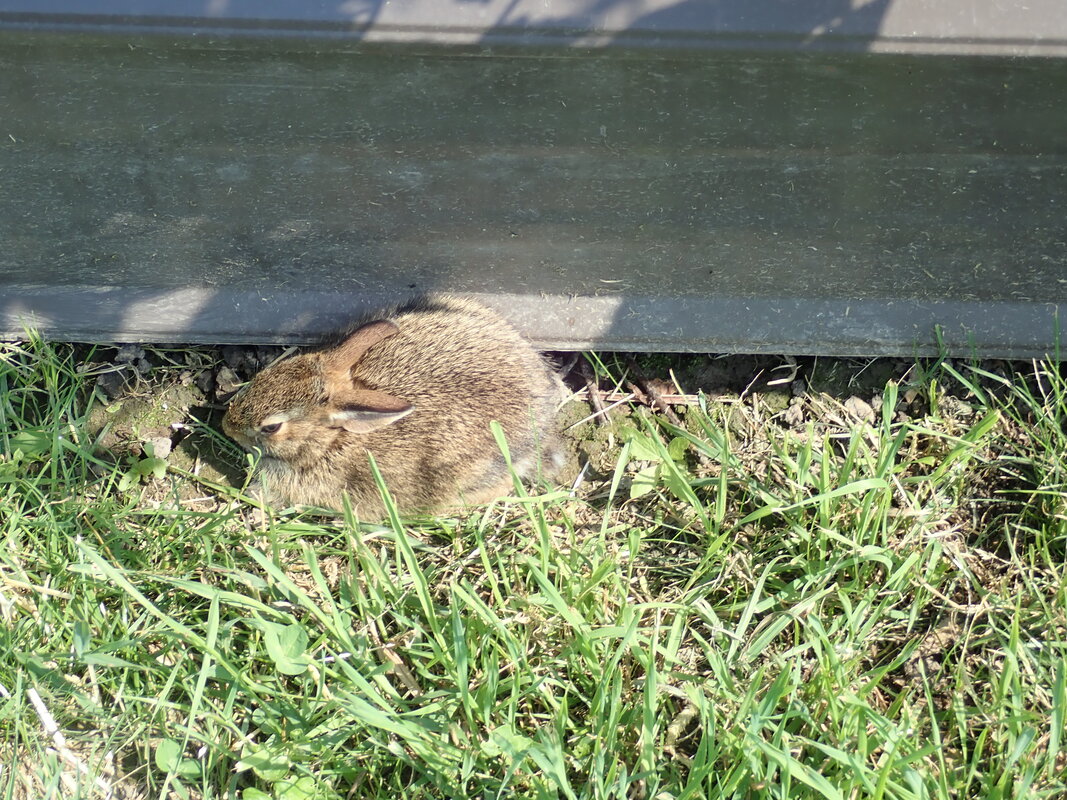
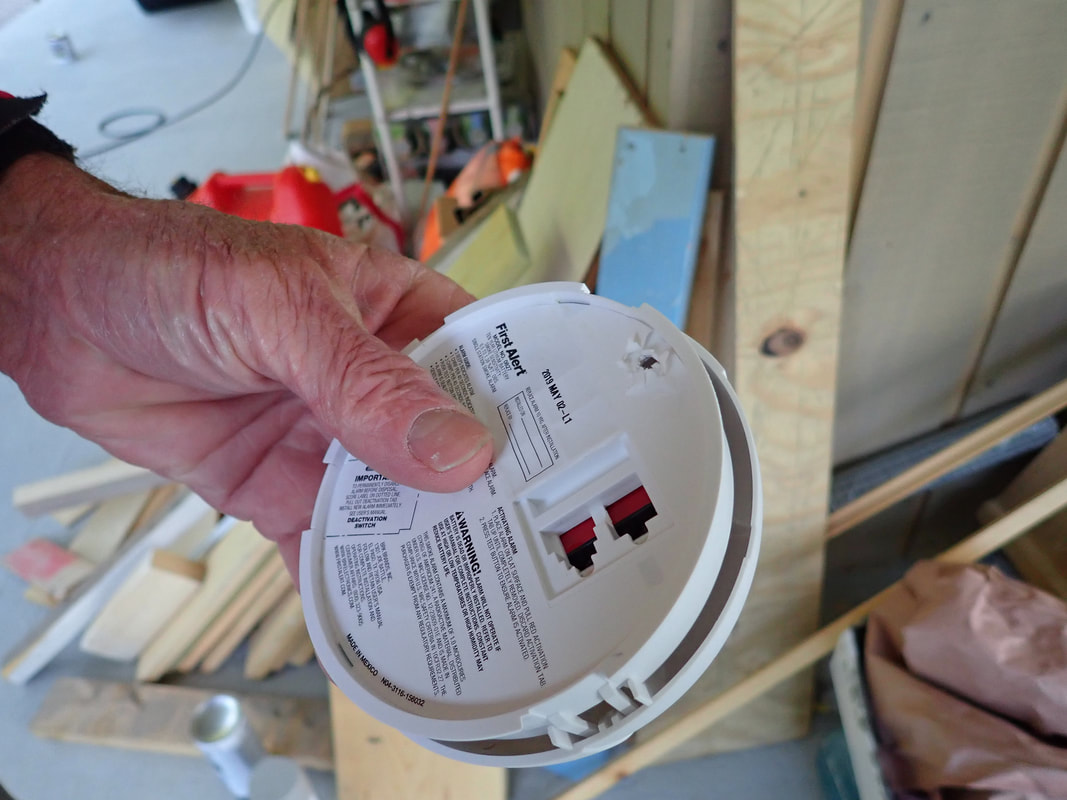
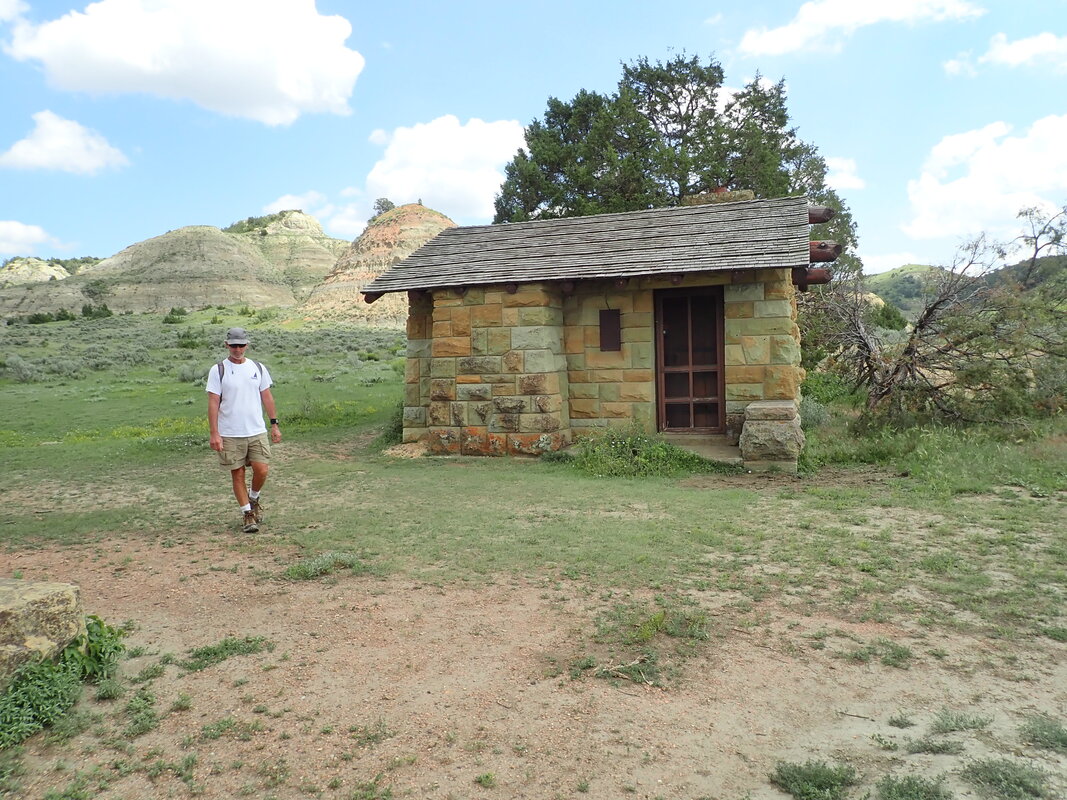
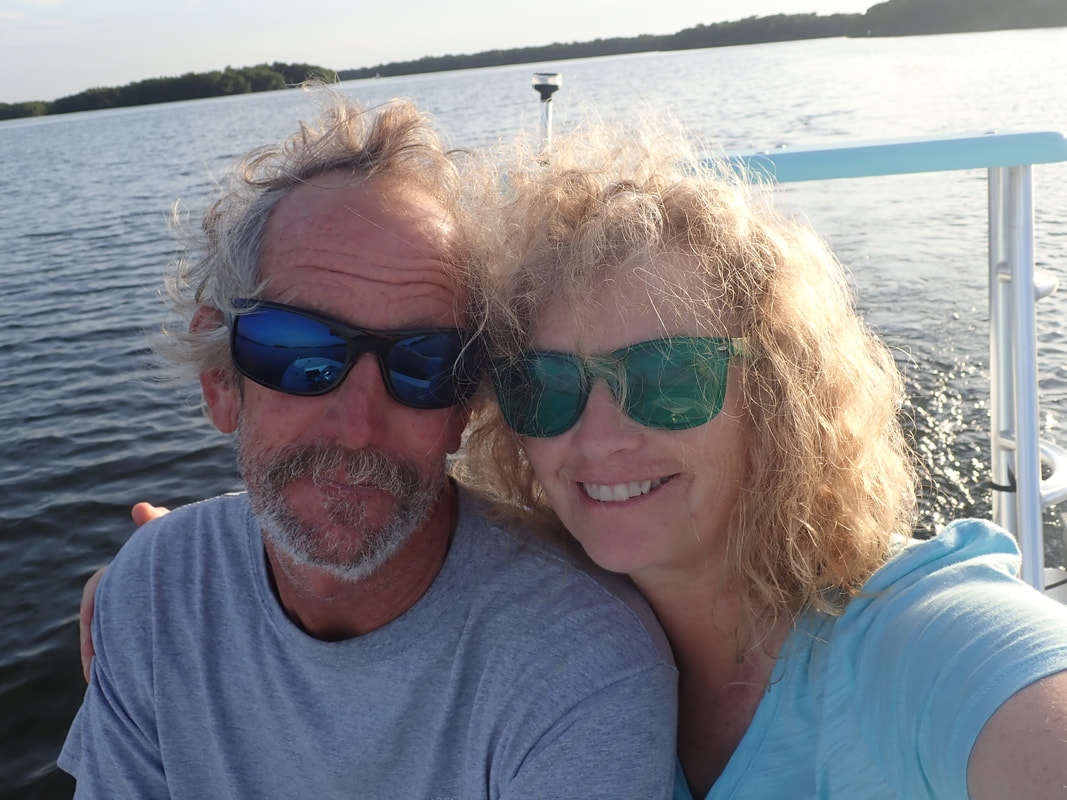
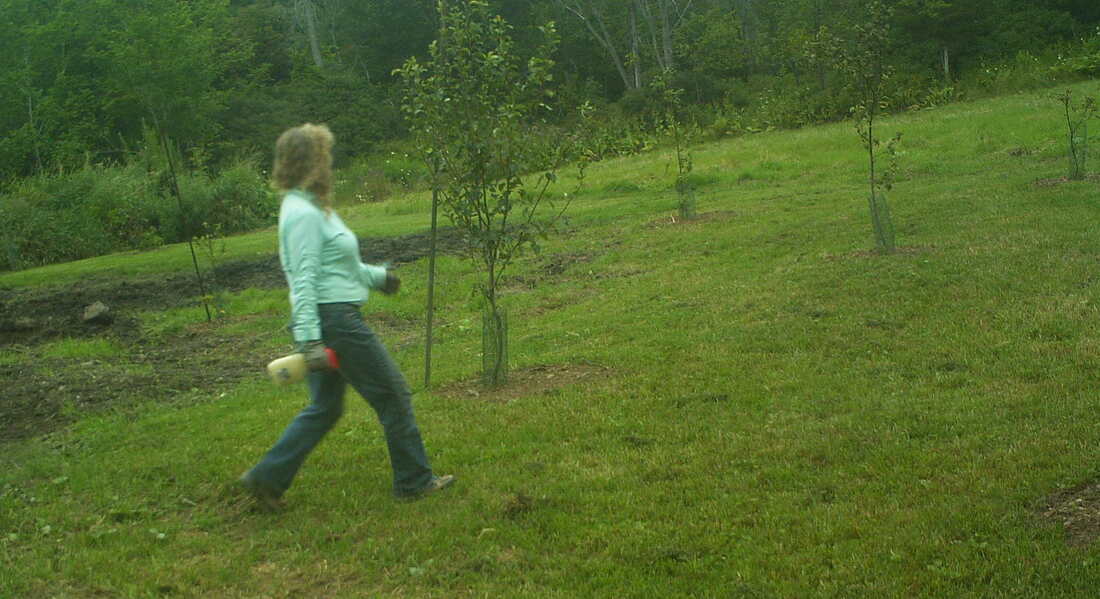
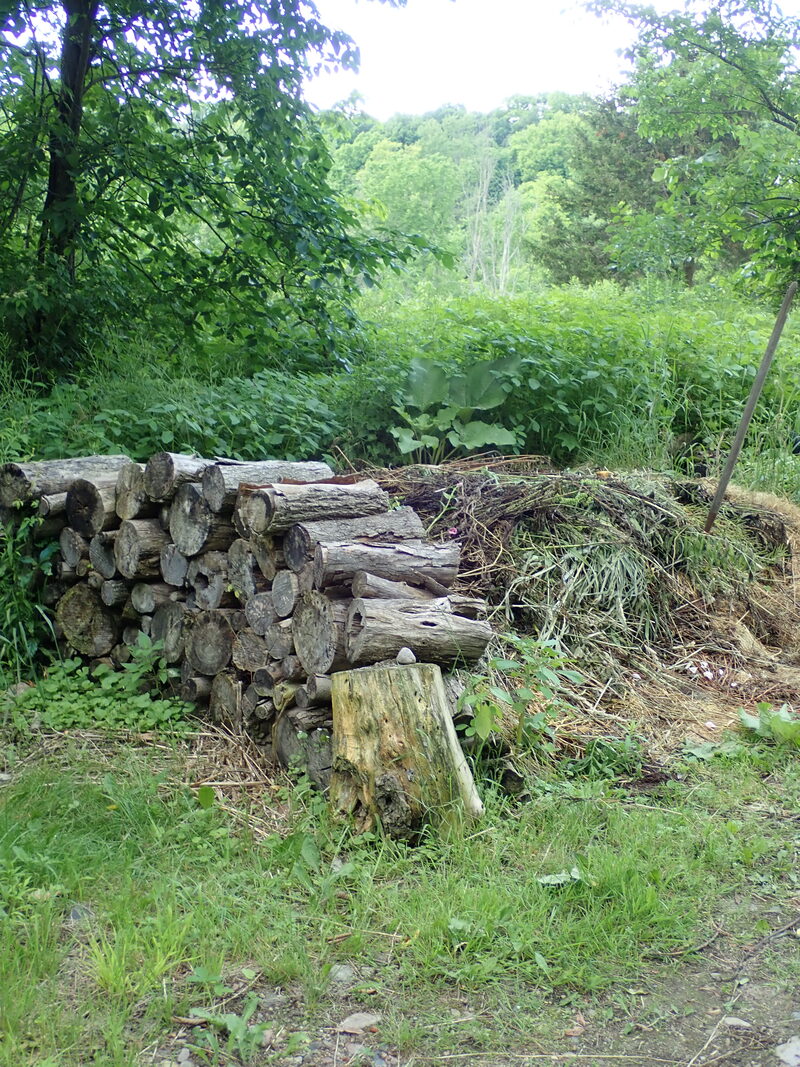
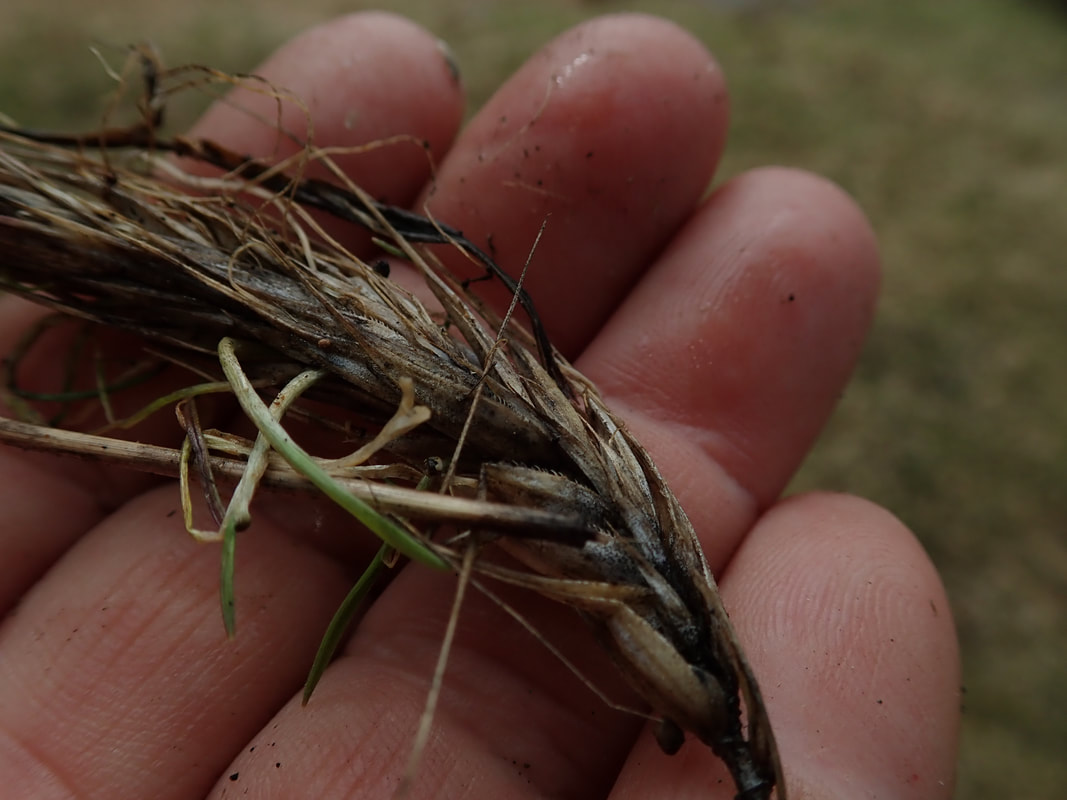
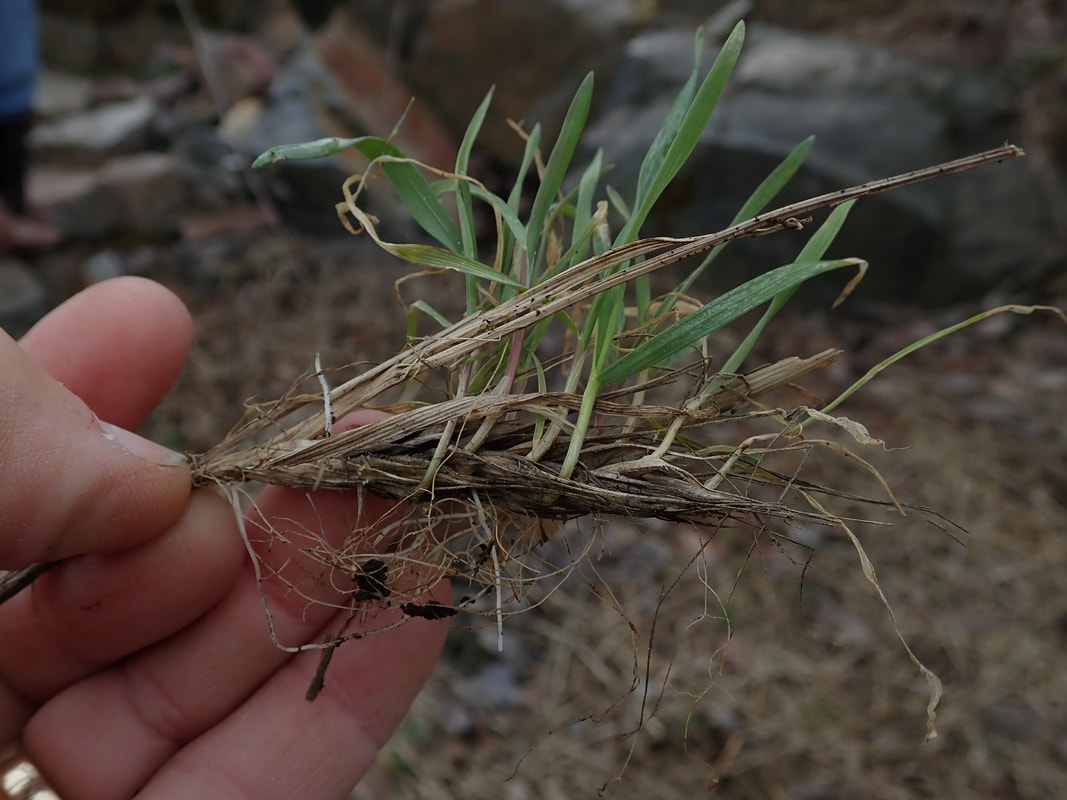
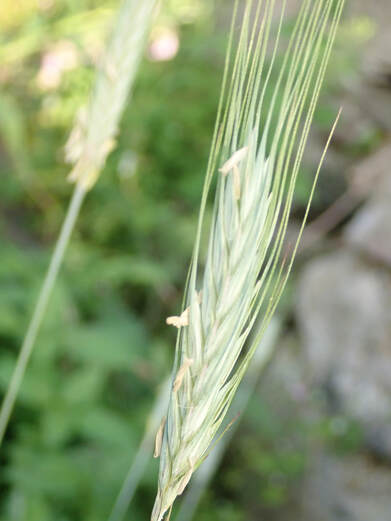
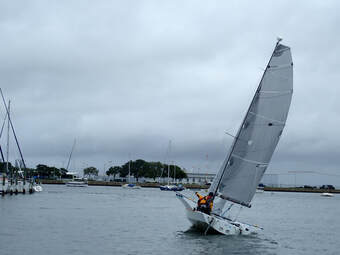

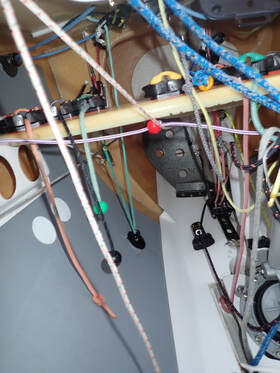
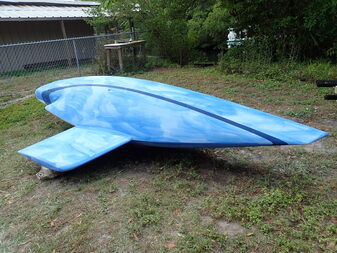
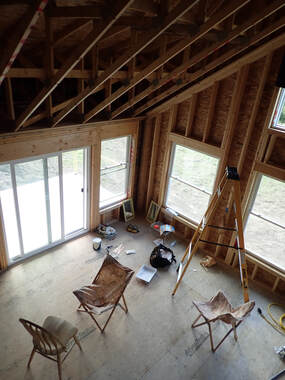
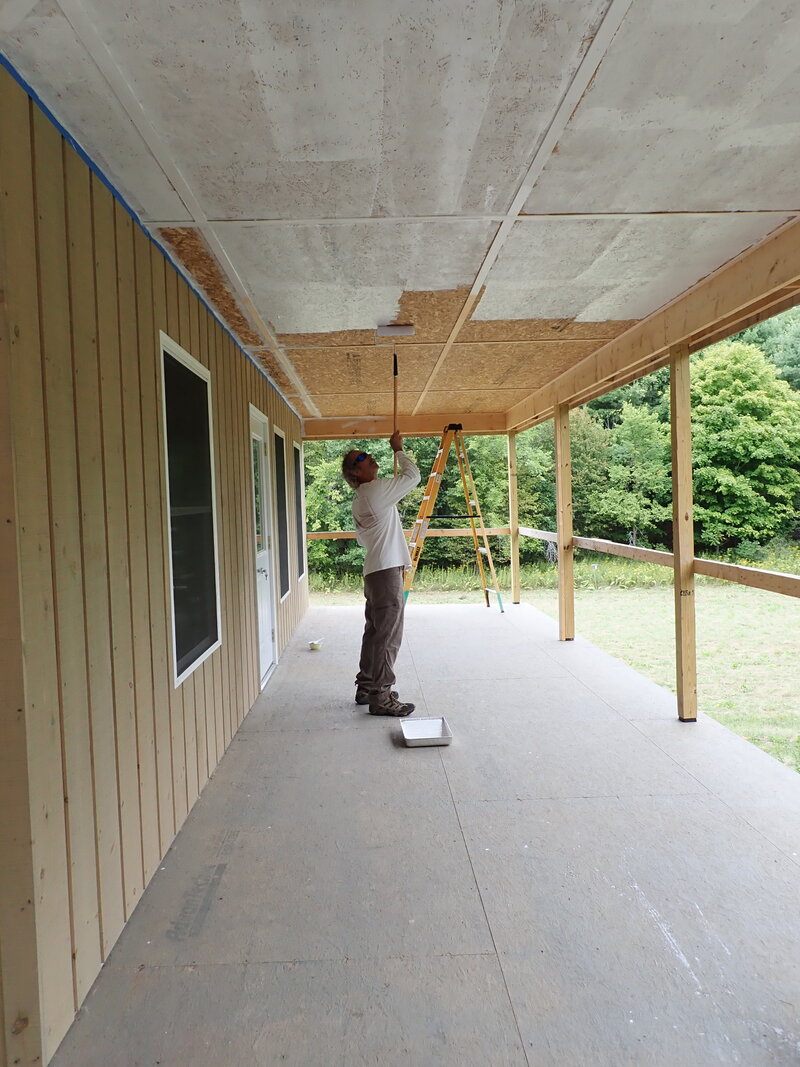
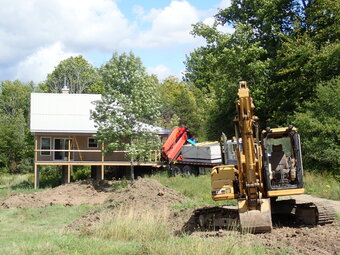
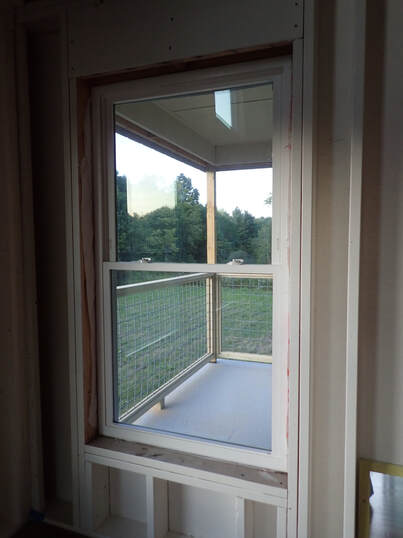
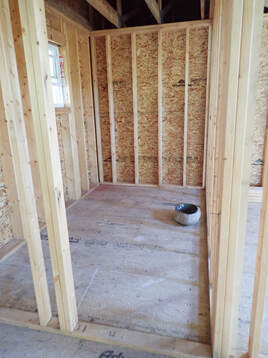
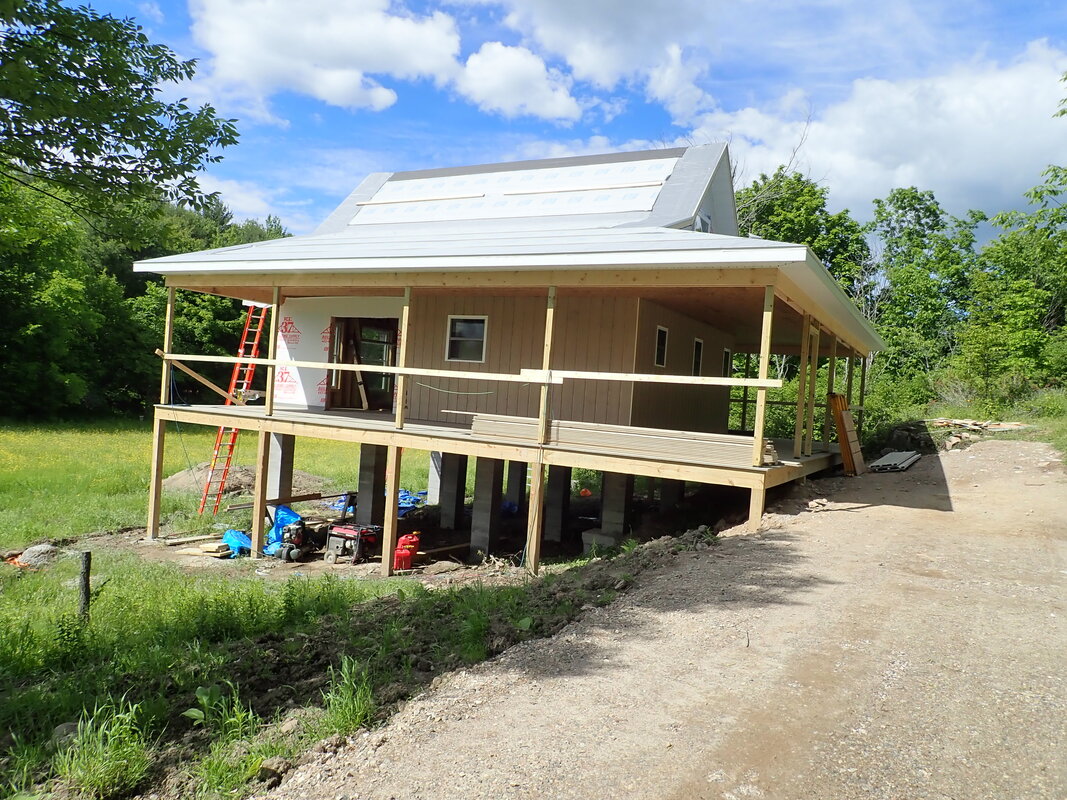
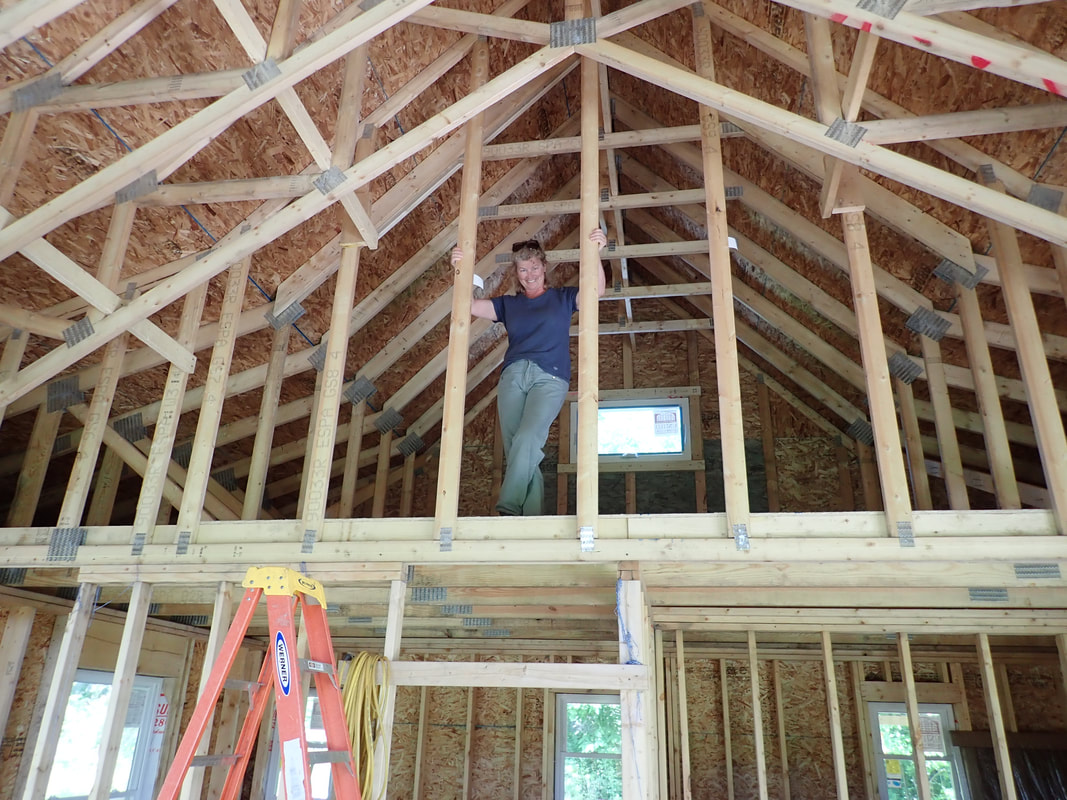
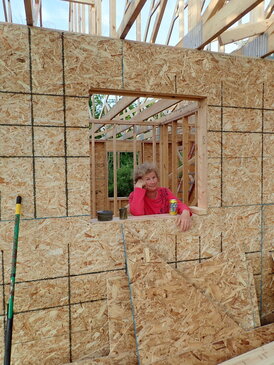
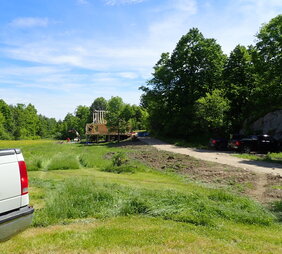
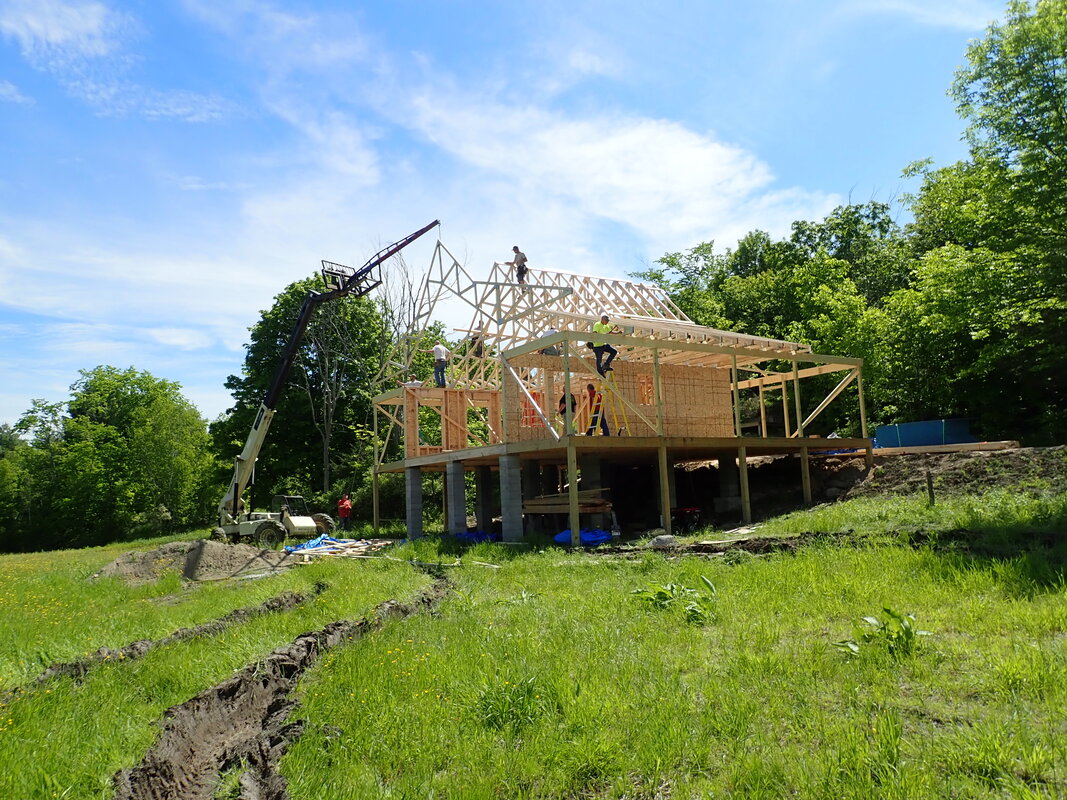
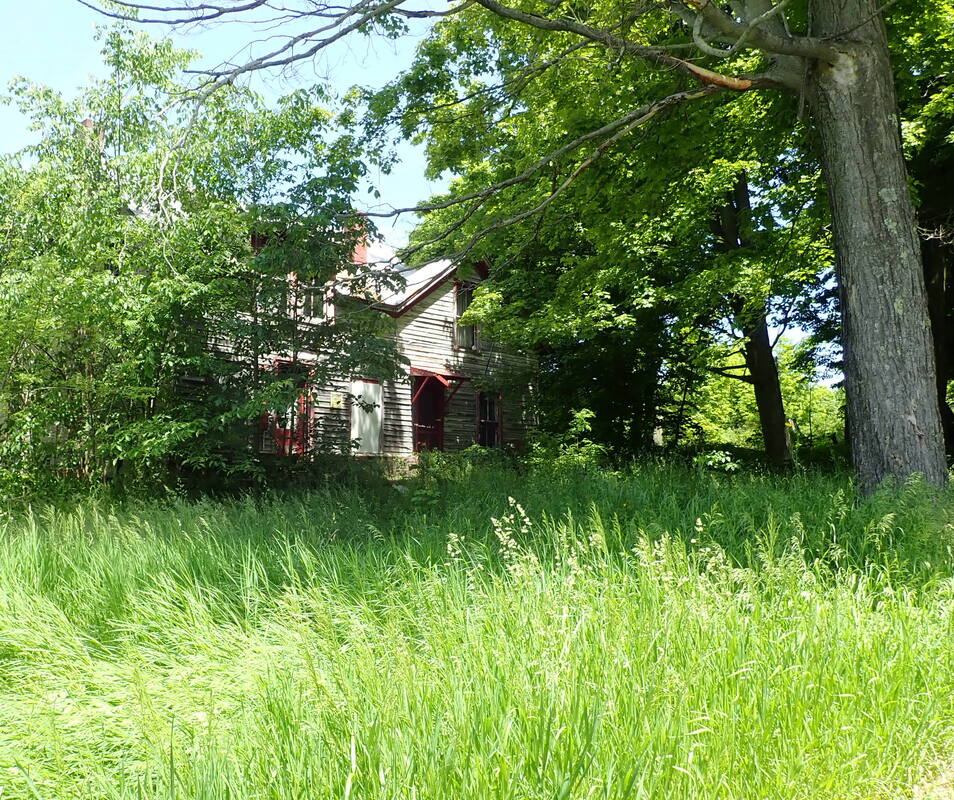
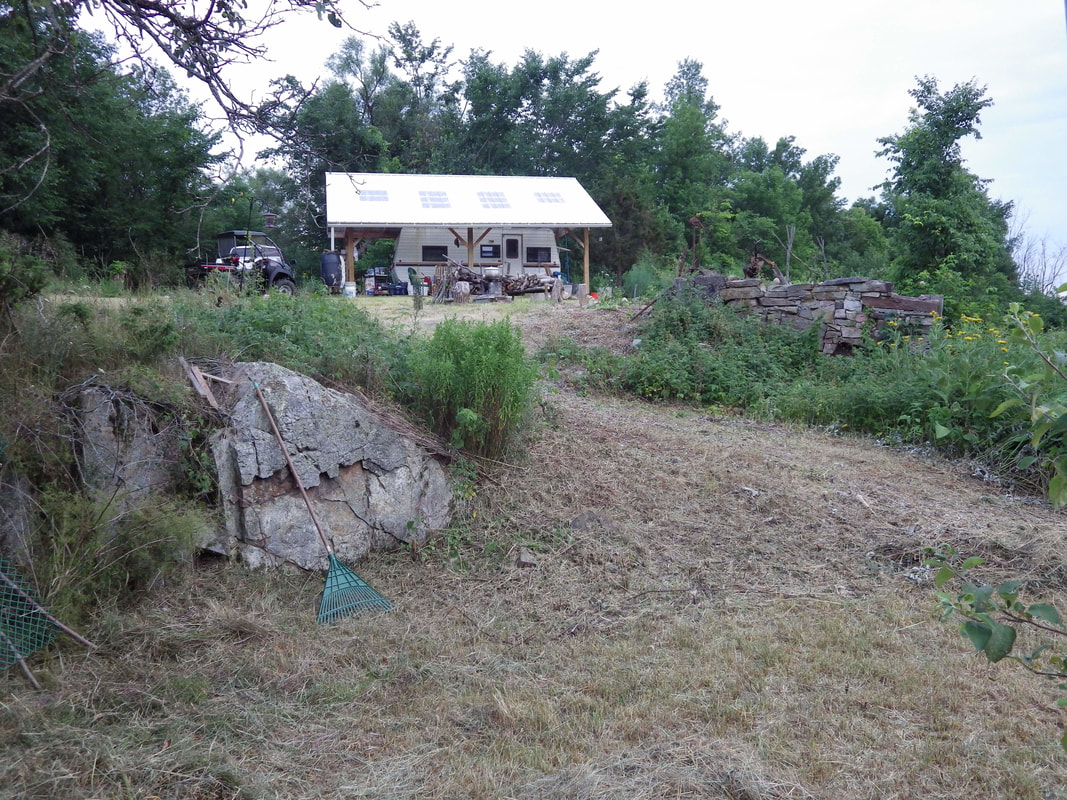
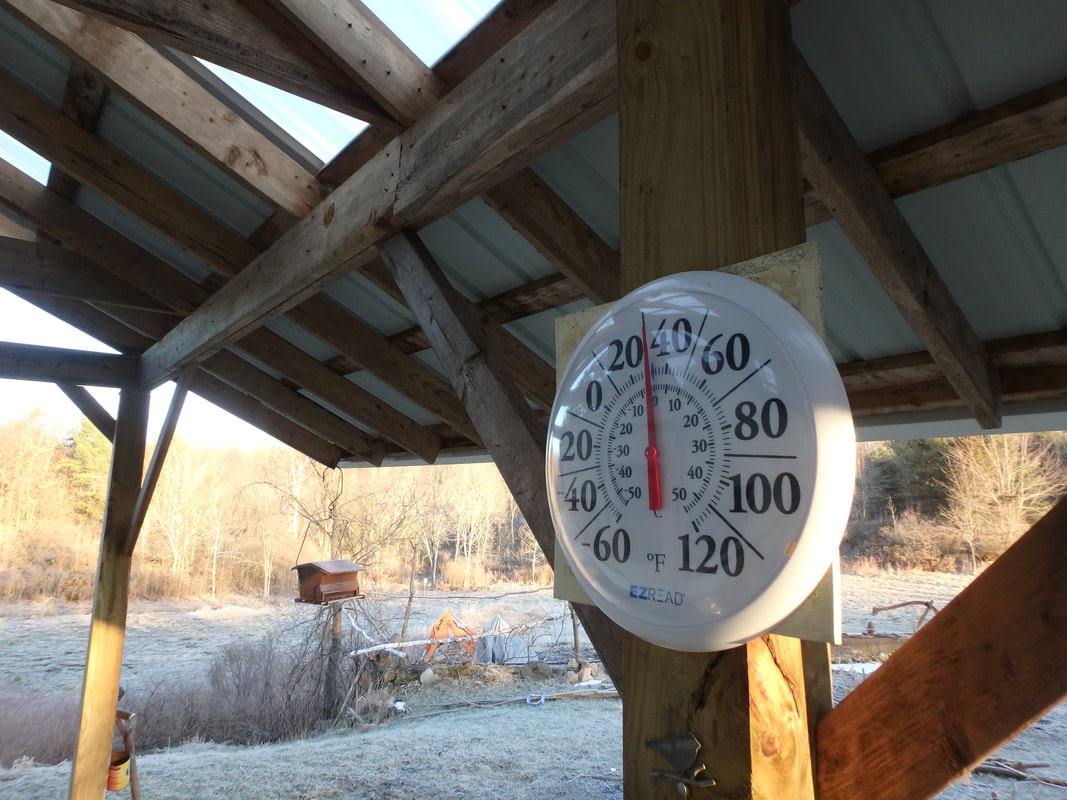
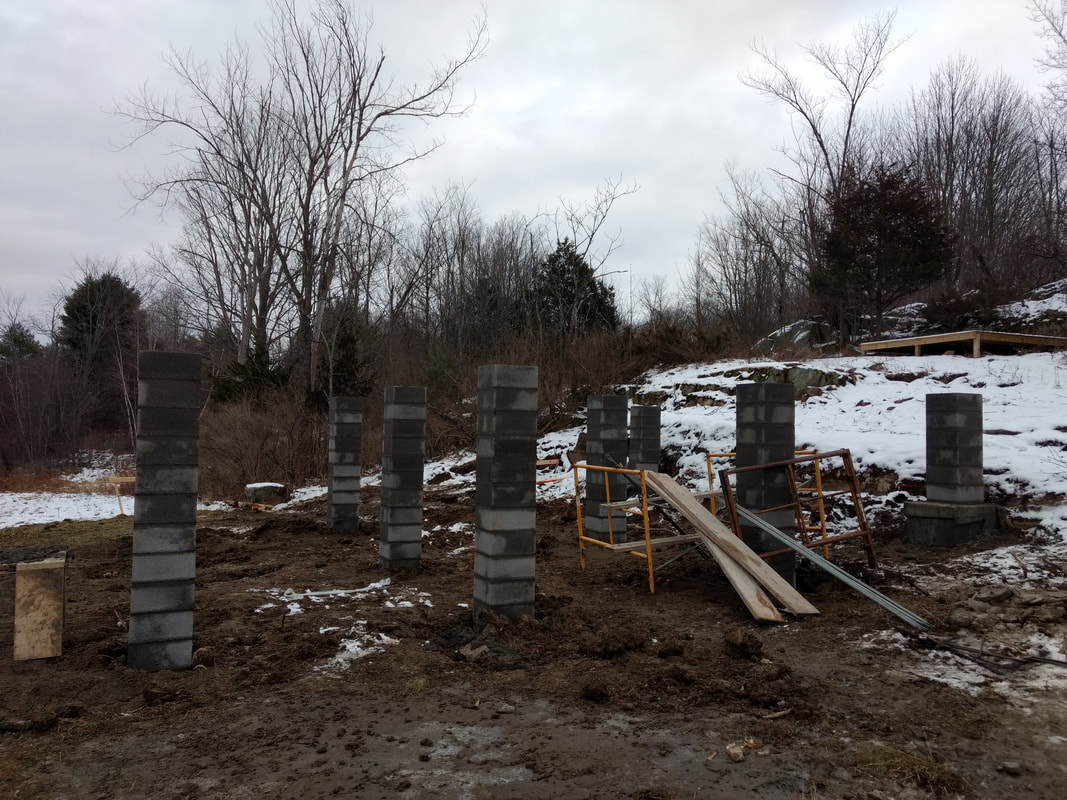
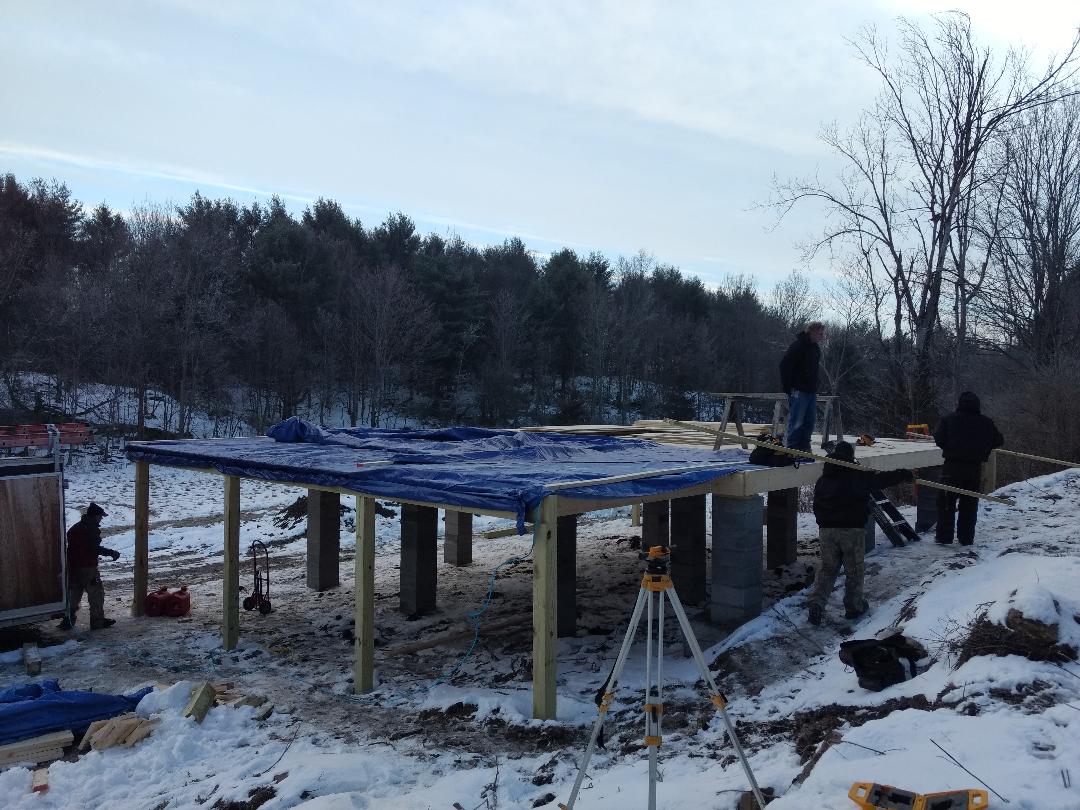
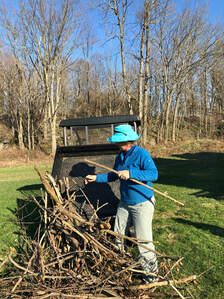
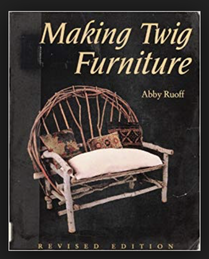
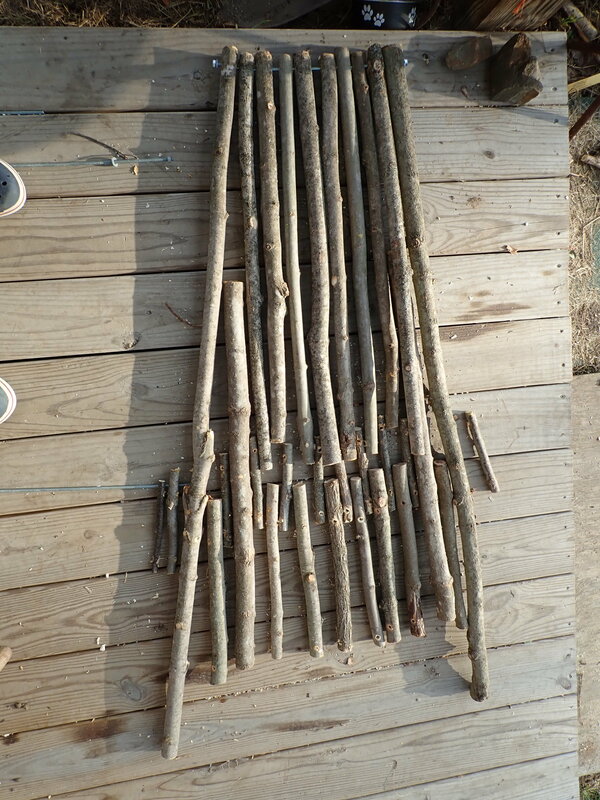
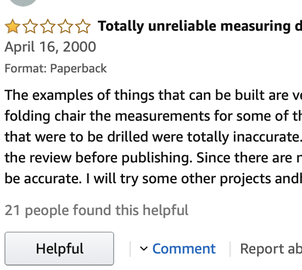
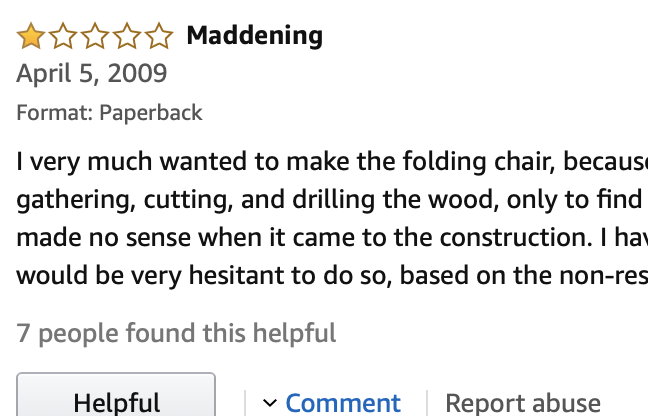
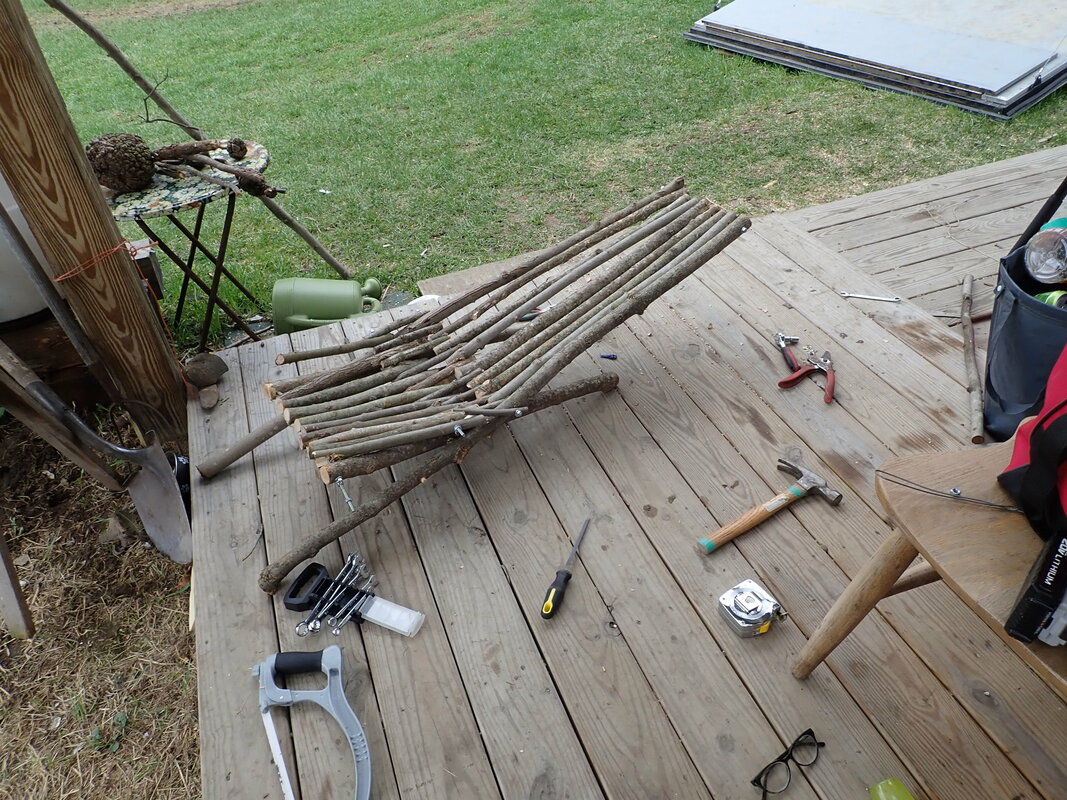
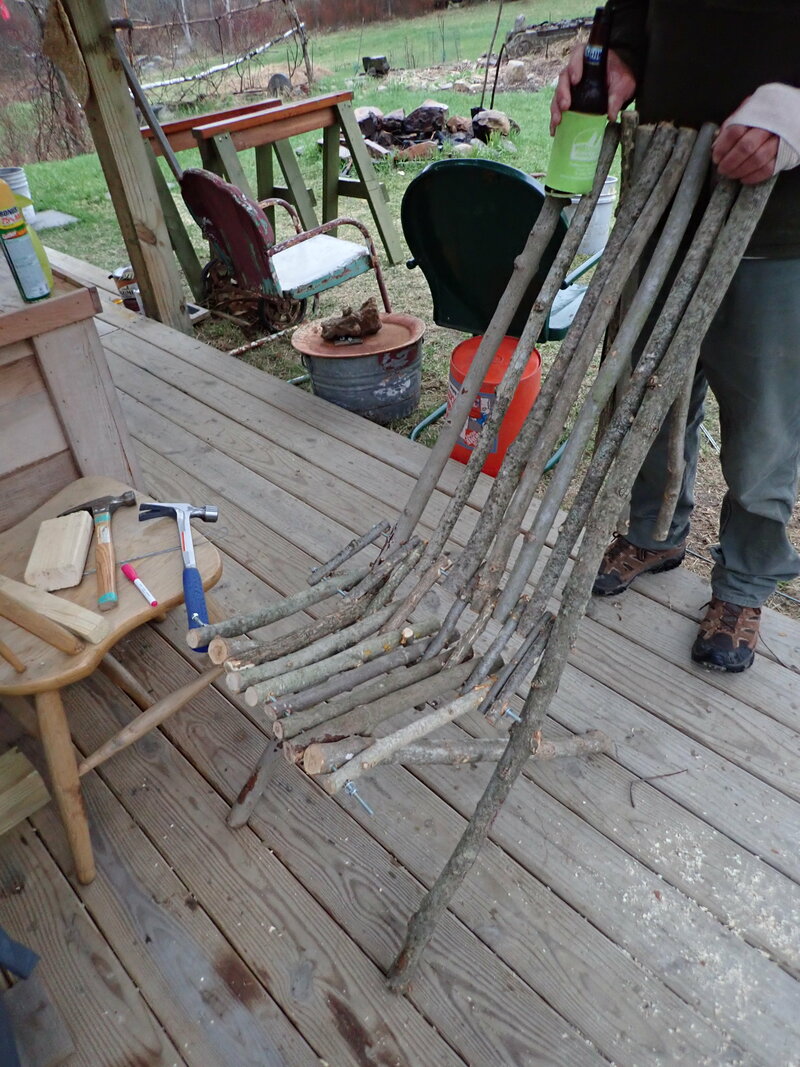
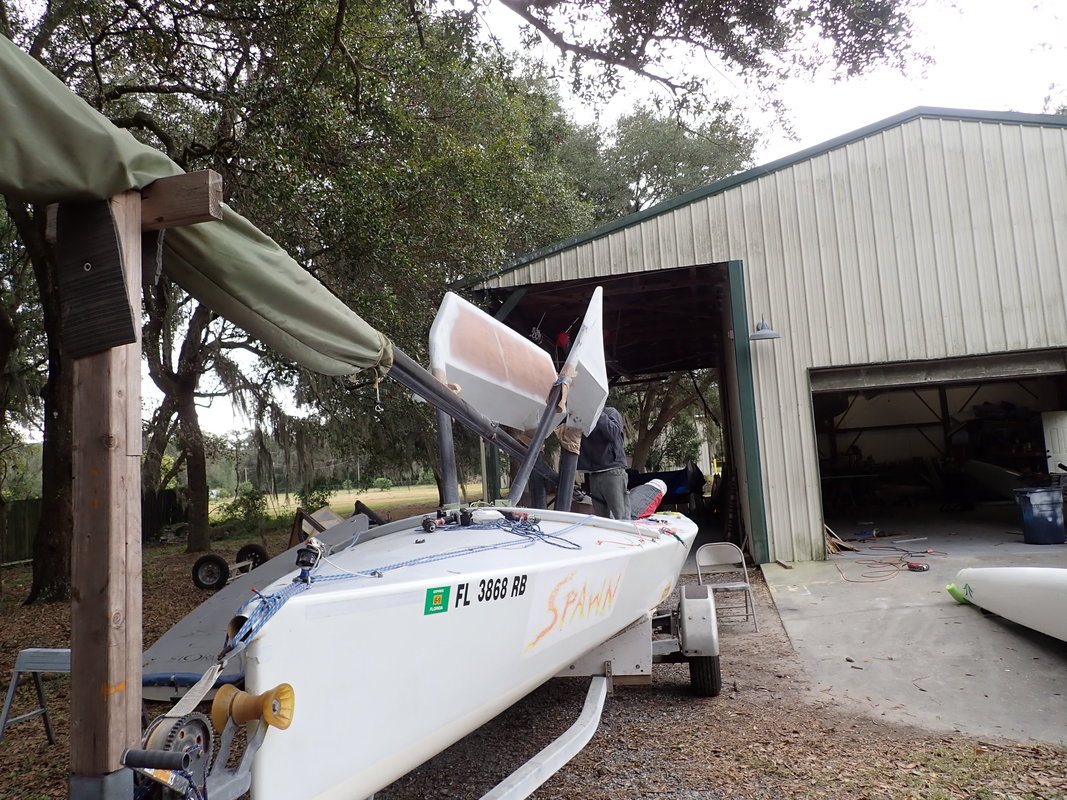
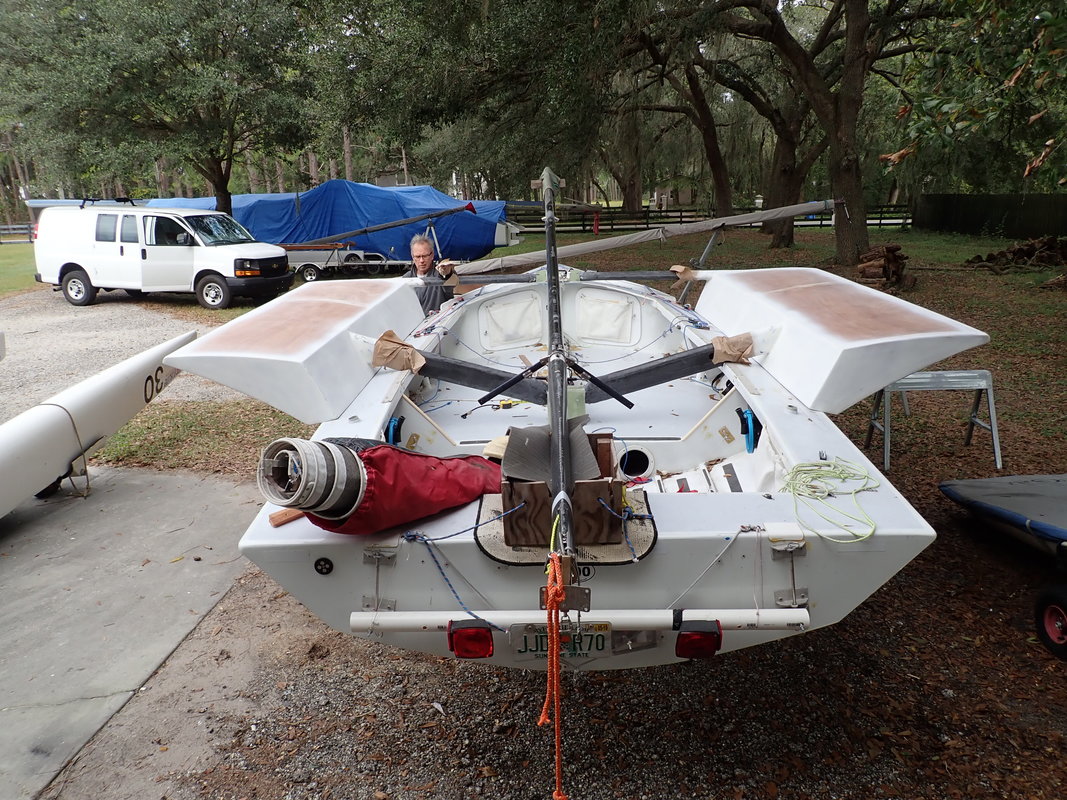
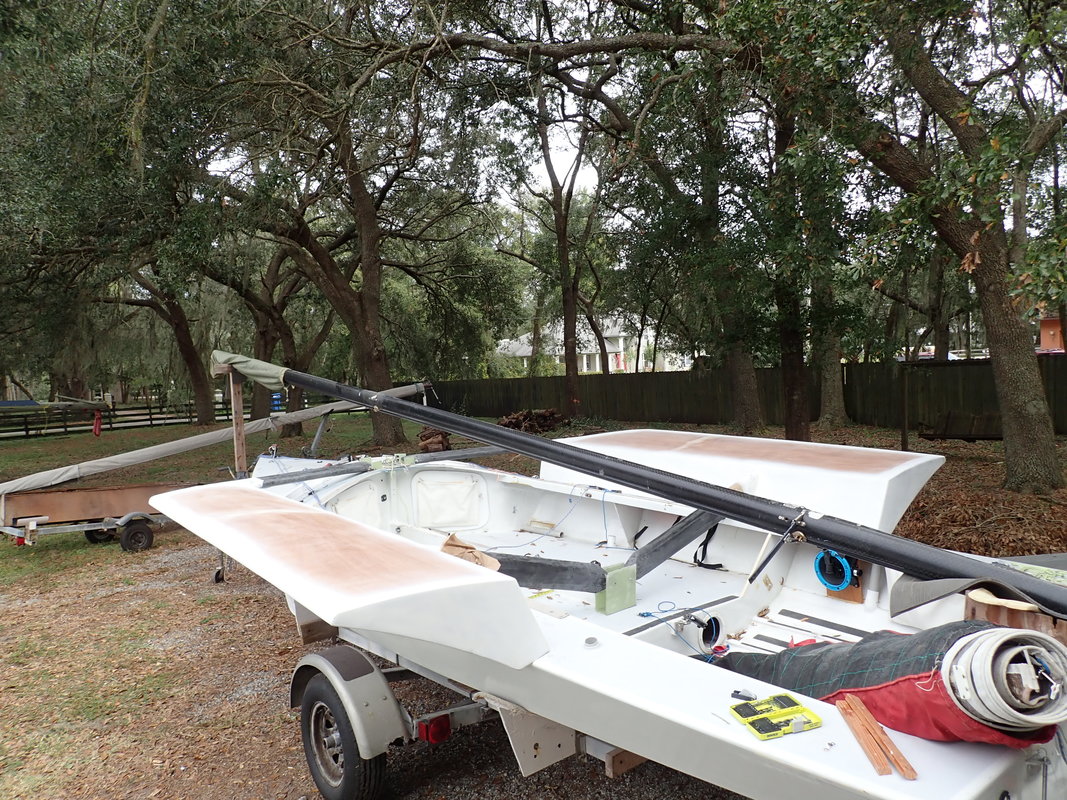
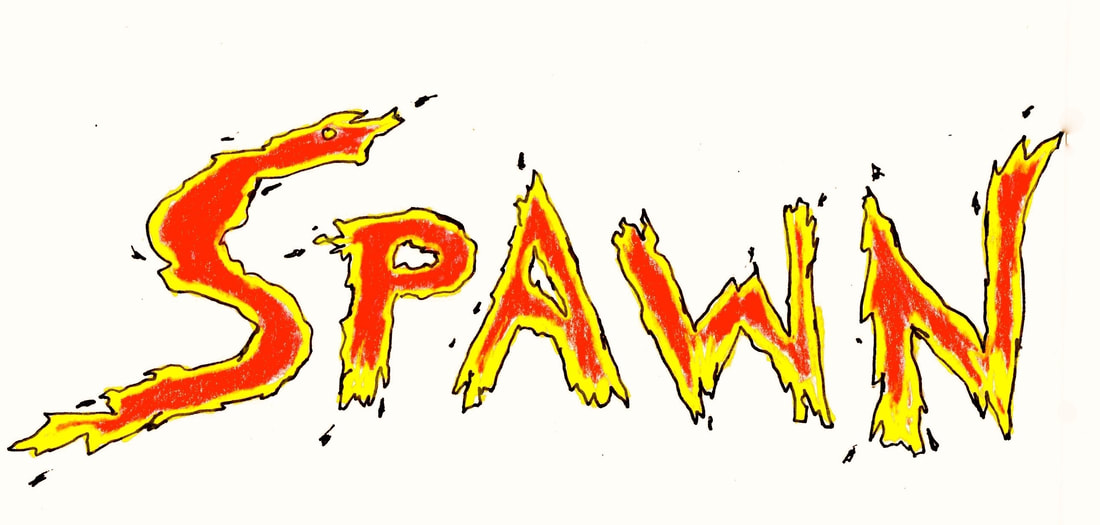
 RSS Feed
RSS Feed
